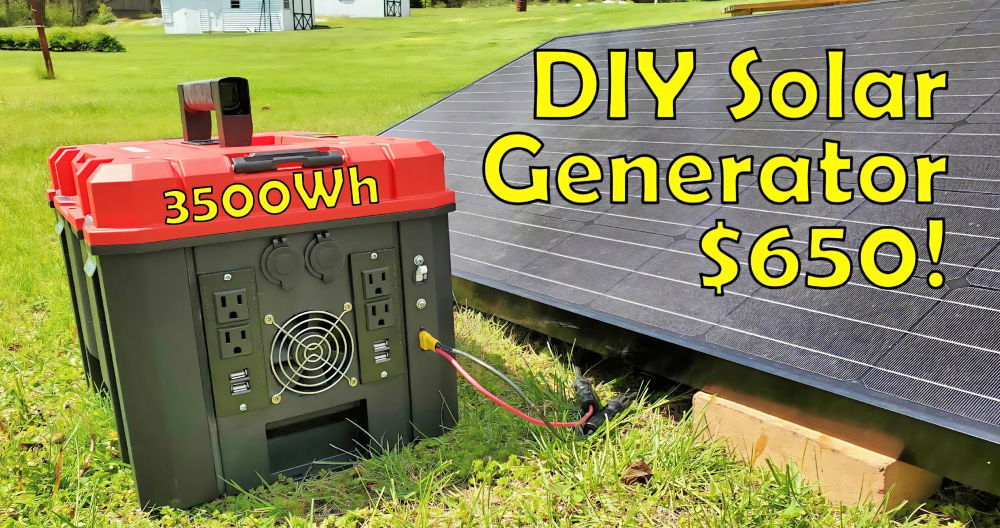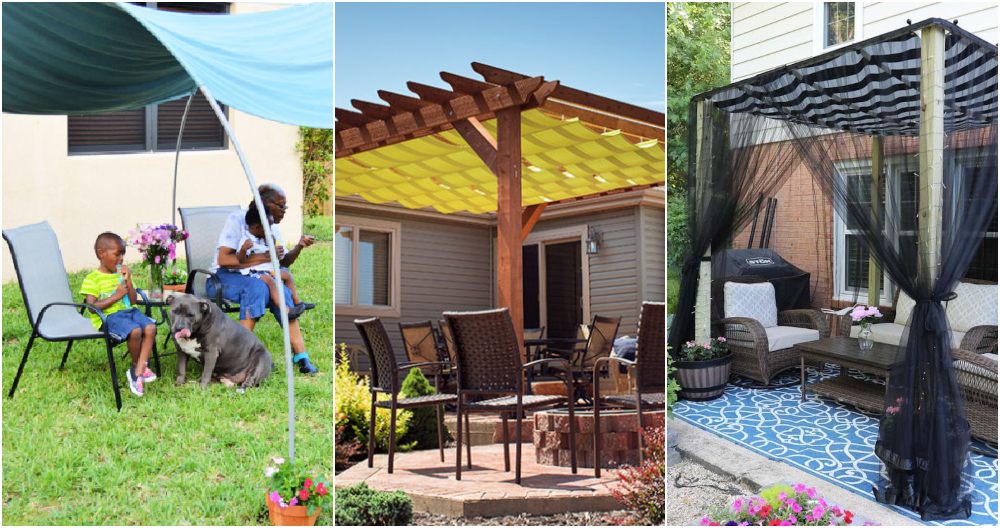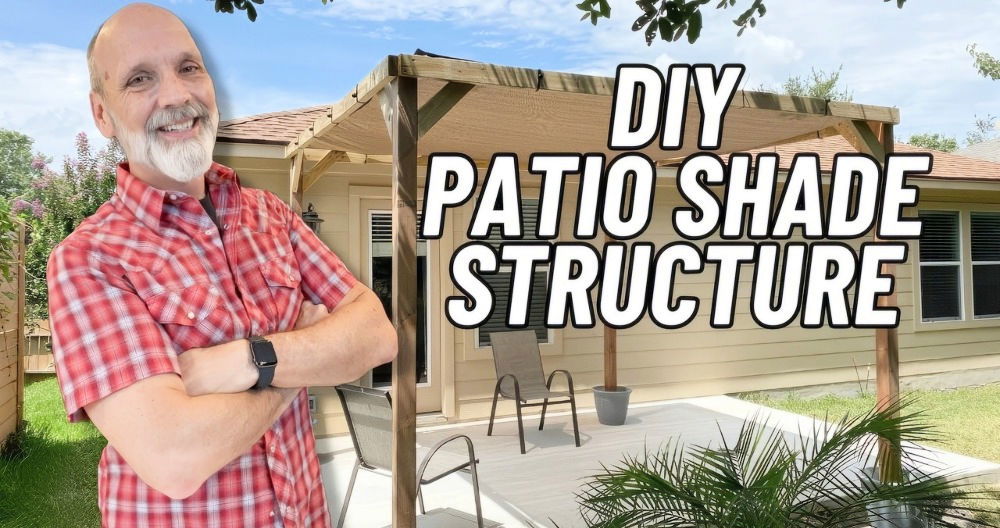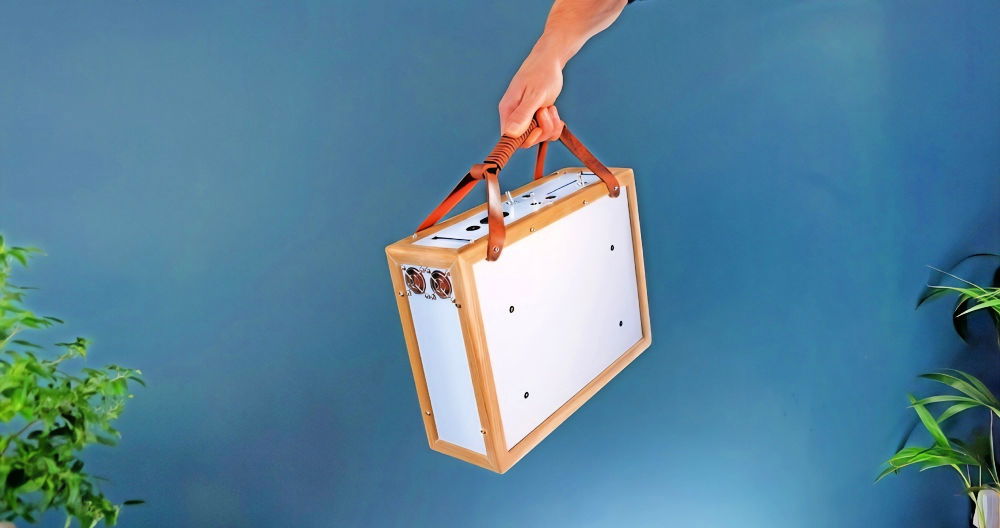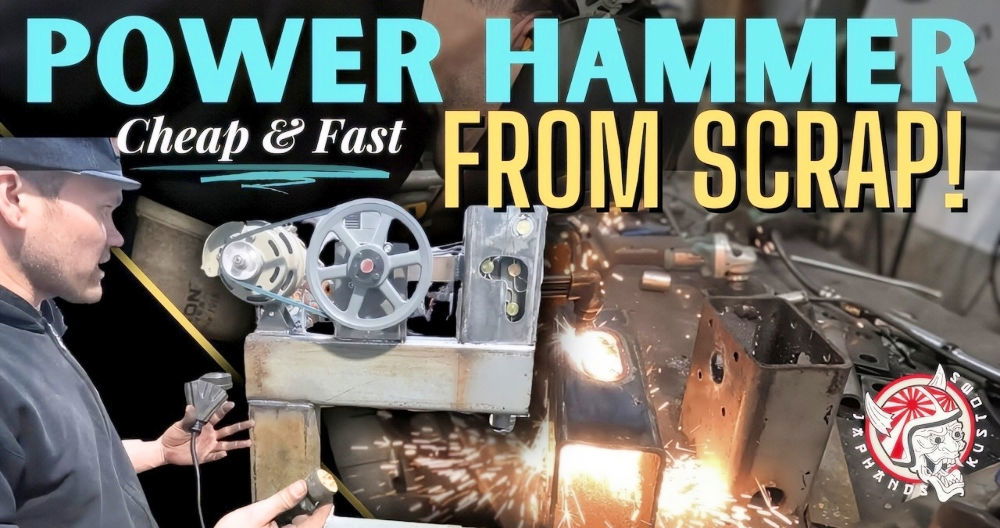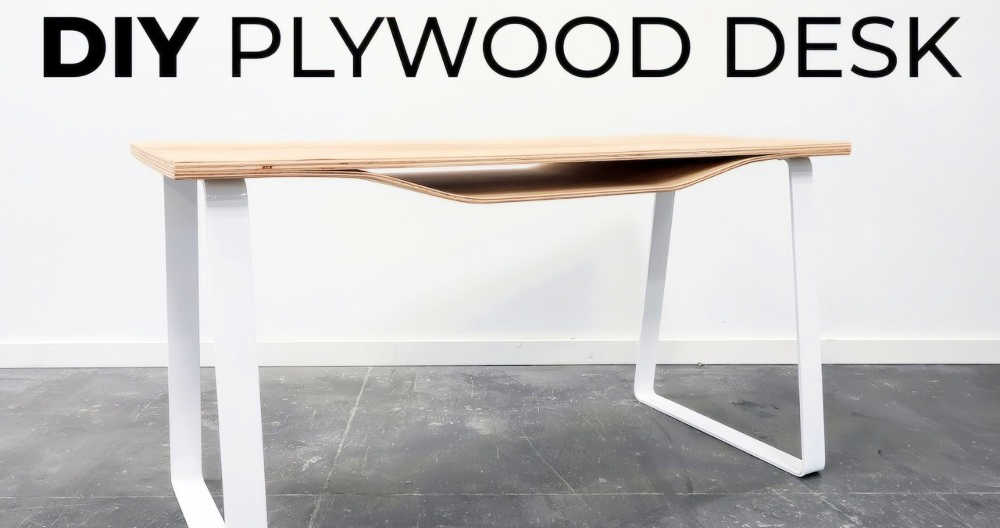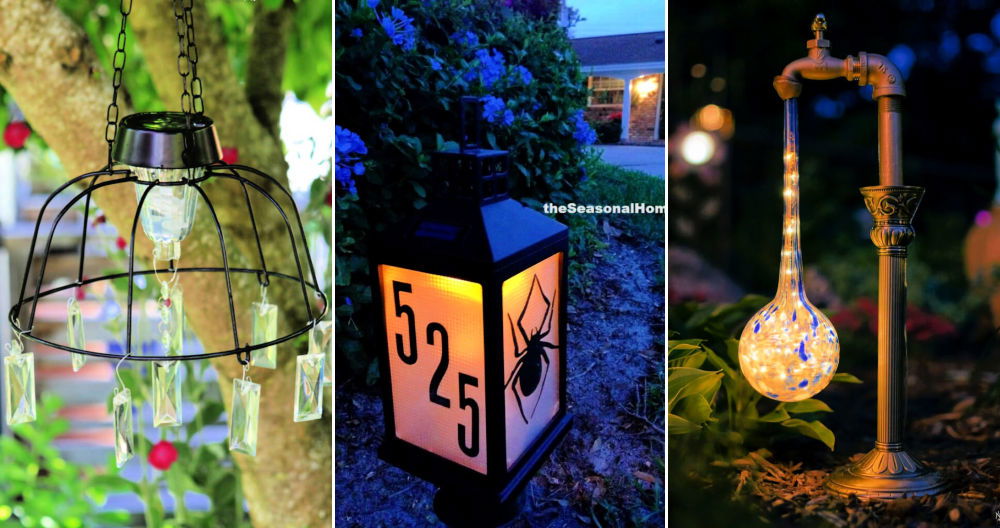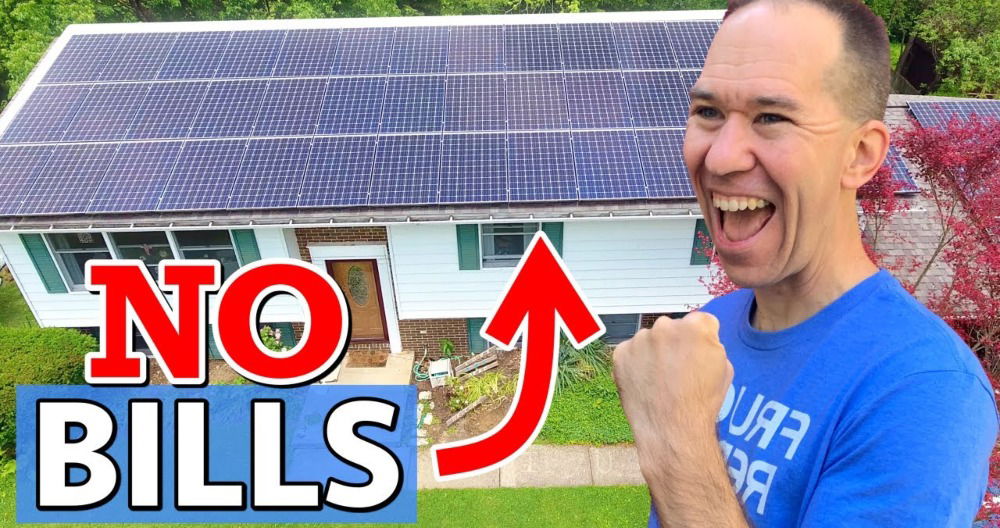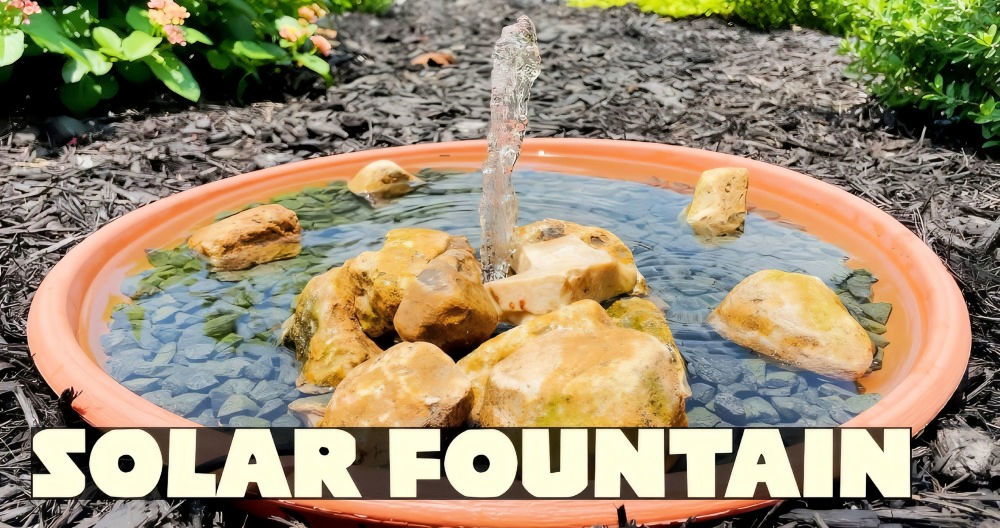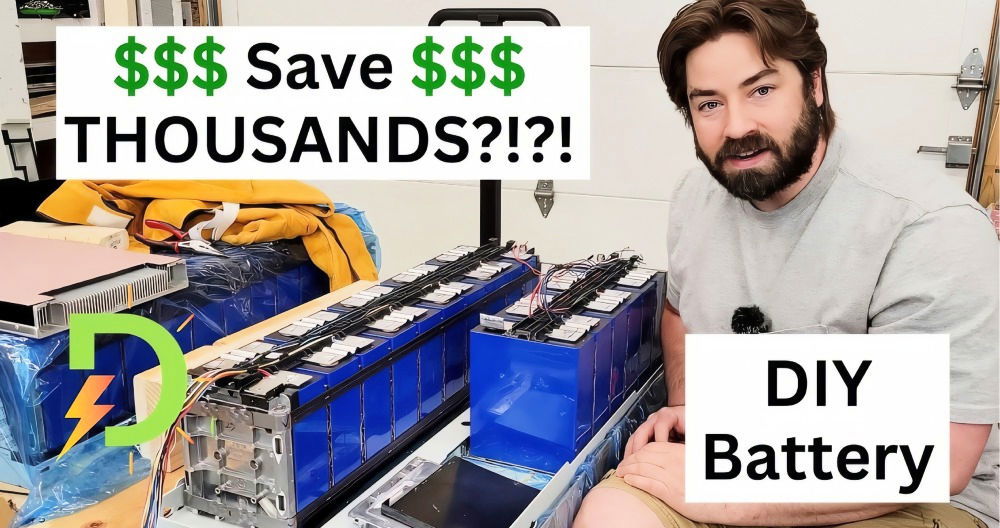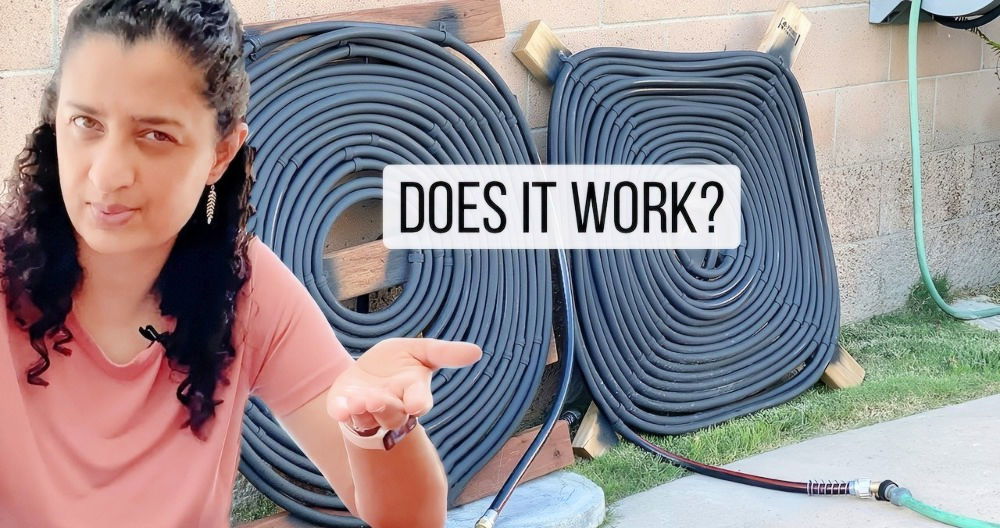If you've ever imagined harnessing the power of the sun to build a powerful and destructive force, you're in luck. Today, we'll explore how to make a DIY Solar Death Ray, a project inspired by YouTuber Grant Thompson, also known as "The King of Random." This incredible experiment uses basic materials to focus sunlight to such a high intensity that it can melt pennies, burn wood, and even explode objects like a can of soda.
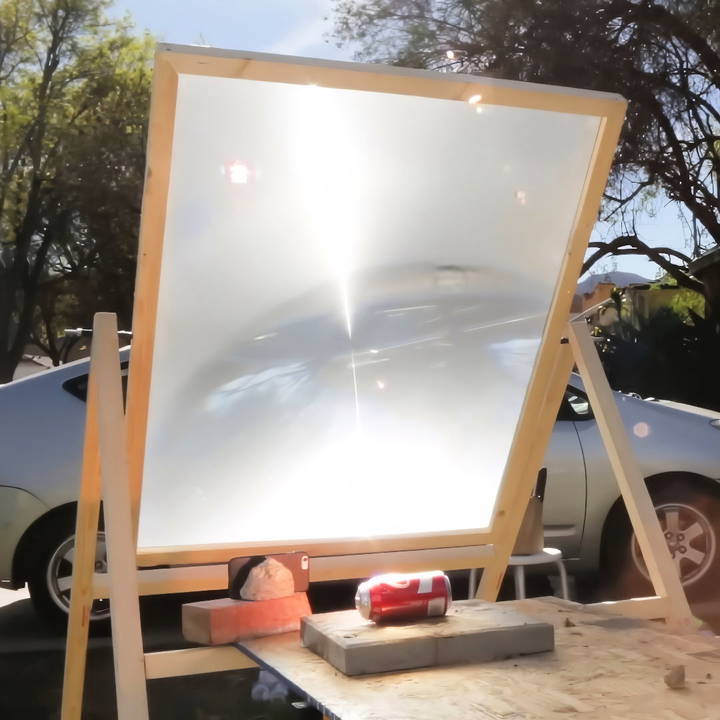
In this detailed guide, we'll walk you through the steps to build your very own Solar Death Ray, along with some science behind how it works. Important Disclaimer: This project is highly dangerous and should only be attempted with proper safety precautions and understanding of the risks involved.
Materials You Will Need:
To construct your Solar Death Ray, you'll need the following materials:
- Fresnel Lens: These lenses are commonly found in older big-screen TVs (projection-style TVs). These lenses are essentially giant magnifying glasses that can concentrate sunlight onto a small point, generating extremely high temperatures. Fresnel lenses are often found for free on platforms like Craigslist.
- Frame for the Lens: A sturdy frame will help hold your lens in place and allow you to safely aim the sunlight. You can build one from wood or use a pre-existing frame that fits the size of your Fresnel lens.
Tools:
- Screwdriver or drill (to dismantle the TV and build the frame)
- Saw (to cut wood for the frame)
- Screws and nails (to secure the frame)
- Safety equipment (sunglasses, gloves, etc.)
Objects to Burn: For testing the power of your Solar Death Ray, you'll need materials like wood, metal (pennies work well), soda cans, sand (to try making glass), and other items to experiment with.
Step by Step Instructions
Learn how to make a powerful solar death ray with our step-by-step guide. From acquiring a Fresnel lens to understanding the science and safety precautions.
Step 1: Acquiring the Fresnel Lens
The key component of the Solar Death Ray is the Fresnel lens. These lenses are commonly found in older big-screen projection TVs, not the modern flat-screen ones. To start, look for an old projection TV that's being given away or sold for cheap. Check online marketplaces, garage sales, or recycling centers.
Once you've secured a TV, you'll need to dismantle it. Carefully remove the back panel of the TV using a screwdriver or drill. Inside, you'll find three key components: a projector, a mirror, and the coveted Fresnel lens. The lens itself is a large plastic sheet with concentric grooves that act as prisms, focusing light into a small, intense spot.
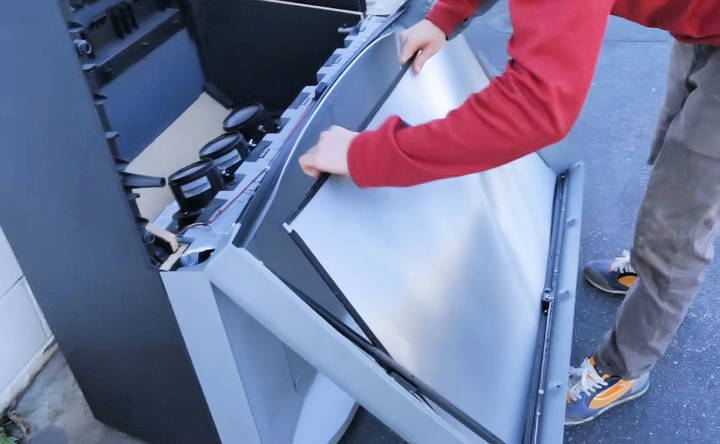
Step 2: Building the Frame
Once you have the Fresnel lens, the next step is to build a frame to hold it in place. The frame is essential to keep the lens stable and aligned with the sun. Here's how you can build a simple wooden frame:
- Measure the Lens: Measure the dimensions of your Fresnel lens so you can build a frame that fits snugly.
- Cut the Wood: Using a saw, cut four pieces of wood to build a rectangular or square frame around the lens. Make sure the wood is sturdy enough to support the weight and tension of the lens.
- Assemble the Frame: Use screws and nails to assemble the frame. You can add additional supports if necessary to keep the structure rigid.
- Mount the Lens: Attach the Fresnel lens to the frame, ensuring it is held tightly and doesn't wobble. You may need additional fasteners to secure the lens in place.
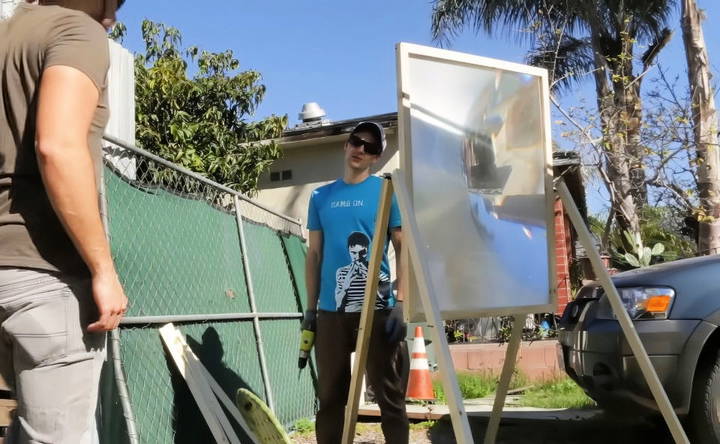
Step 3: Testing the Solar Death Ray
With your frame and lens assembled, it's time to test the power of your Solar Death Ray.
Note: You should wear protective eyewear (like welding goggles) and take extreme caution while using the lens in direct sunlight.
- Find a Sunny Day: The Solar Death Ray works best on a clear, sunny day. The brighter the sun, the more intense the heat generated by the lens.
- Position the Lens: Aim the Fresnel lens toward the sun. As sunlight passes through the lens, it will focus into a single, extremely hot point on the other side of the lens. This point is called the focal point, and it is where the heat will be the most intense.
- Start Burning: Place your test object at the focal point. Within seconds, the object will begin to heat up, smoke, and even catch fire. Wood will ignite almost instantly, and pennies will melt as the metal heats up. You can also try other objects like soda cans, which may explode due to the rapid heating of the pressurized liquid inside.
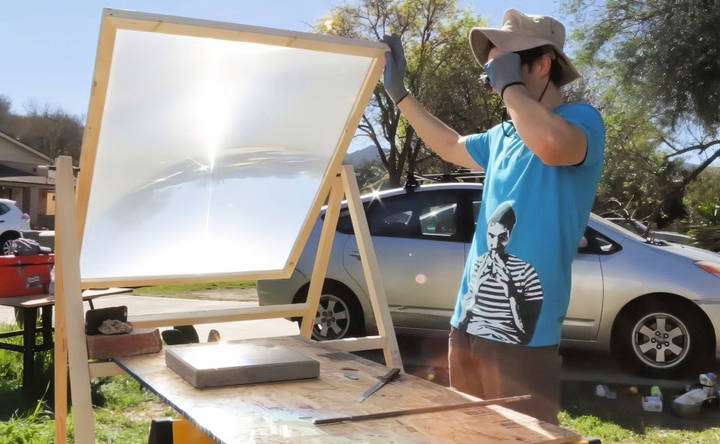
Step 4: Experimenting with the Solar Death Ray
Once you've tested the basics, you can get creative with what you burn or melt. Here are some fun ideas to experiment with:
- Melting Pennies: At the focal point of the lens, temperatures can reach up to 2000°F (1093°C). This is more than enough to melt a penny. Watch as the copper liquefies in a matter of seconds.
- Making Glass from Sand: Place some sand at the focal point of the Solar Death Ray, and it will melt into glass. This is a fascinating experiment that shows how extreme heat can transform materials.
- Exploding Soda Cans: A sealed soda can will explode under the intense heat as the liquid inside heats up and the pressure builds. Stand back and watch as the can bursts open in a loud pop!
- Testing Different Materials: Not all materials react the same way to the Solar Death Ray. For example, white objects like golf balls or flour reflect much of the light and heat, making them resistant to burning or melting. Experiment with different materials to see which ones catch fire or melt the fastest.
Understanding the Science Behind the Solar Death Ray
The Fresnel lens is the key to this project, and understanding how it works can help you better appreciate the power of your DIY death ray.
- What is a Fresnel Lens?: Unlike traditional curved lenses, a Fresnel lens is flat but still capable of focusing light. It does this by using a series of concentric rings that bend light toward the center, similar to a traditional magnifying glass but in a much more efficient way.
- Focusing Light and Heat: The principle behind the Solar Death Ray is simple: the lens concentrates sunlight into a small area, increasing the intensity of the light and converting it into heat. This process is known as the optical concentration of light. The focused sunlight can generate temperatures high enough to cause combustion or melt metals.
- Why White Objects Don't Burn: White objects reflect most of the light that hits them, including the focused sunlight from the Fresnel lens. This reflection prevents them from absorbing enough heat to catch fire or melt. Dark-colored objects, on the other hand, absorb more light and heat up much more quickly.
Safety Precautions
While the Solar Death Ray is a fun and educational project, it is also extremely dangerous if not handled correctly. Here are some important safety tips:
- Wear Protective Gear: The concentrated sunlight can damage your eyes if you look directly at it. Always wear protective eyewear, such as welding goggles or specially designed sunglasses.
- Never Point It at People or Animals: The heat generated by the lens is powerful enough to cause severe burns or even death. Never aim the death ray at people, animals, or anything flammable that you don't intend to burn.
- Use in a Controlled Environment: Perform this experiment in an open, controlled space. Keep flammable materials far away from the testing area to avoid unintentional fires.
- Supervise Children: If you are doing this experiment with kids, make sure they are supervised at all times and understand the dangers involved.
Conclusion
Building a DIY Solar Death Ray is an exciting project that demonstrates the power of concentrated sunlight. With just a Fresnel lens and a few basic tools, you can harness the sun's energy to build intense heat, burn objects, and melt metal. Always prioritize safety when working with such powerful tools, and enjoy experimenting with different materials to see how they react to the death ray.
So, whether you're a science enthusiast, a DIY hobbyist, or just curious about solar energy, this project will offer both fun and learning. What will you melt or burn with your Solar Death Ray? Let us know your experiments and results!
FAQs About DIY Solar Death Ray
Discover everything you need to know in our FAQs about DIY solar death ray, from safety tips to step-by-step guides for your solar project.
Fresnel lenses are often found in older projection-style TVs, not modern flat screens. You can search online marketplaces like Craigslist or visit recycling centers and garage sales. Check the free sections or ask around to find someone who’s getting rid of an old TV.
Yes, the concentrated sunlight can be used to boil water. Place the water in a small, dark container at the focal point of the lens. Boiling water could power a steam generator for small-scale energy production.
Common materials like wood, metal (pennies), soda cans, and even sand (to make glass) can be melted or ignited. However, white or reflective objects, such as eggs or flour, tend to reflect the concentrated light and won't burn easily.
The concentrated sunlight from a Fresnel lens can generate temperatures as high as 2000°F (1093°C), which is sufficient to melt metals like copper and burn many other materials.
Yes, theoretically, the heat from the Solar Death Ray could be used to generate electricity. You could heat water to produce steam, which in turn could drive a turbine to produce electricity. This concept is similar to solar thermal power plants.
Yes, combining multiple Fresnel lenses and focusing them on the same point can increase the heat intensity, potentially reaching even higher temperatures and melting tougher materials.
Always wear protective eyewear (like welding goggles), as the light is extremely bright and can damage your eyes. Additionally, perform the experiment in a controlled outdoor environment away from flammable objects, and never aim the death ray at people or animals.
Yes, you can cook items like eggs, chicken, or even boil water to prepare food. The Solar Death Ray produces enough heat to serve as a basic cooking device for small items.
White objects and mirrors reflect most of the concentrated light and will not burn or melt. If you aim the ray at a reflective surface, be cautious as the light could bounce back unpredictably.
In addition to burning or melting objects, you can experiment with making glass from sand, powering small engines, or testing different materials to see how they react under intense heat. Some suggest using the ray for off-grid applications, like heating water for showers.


